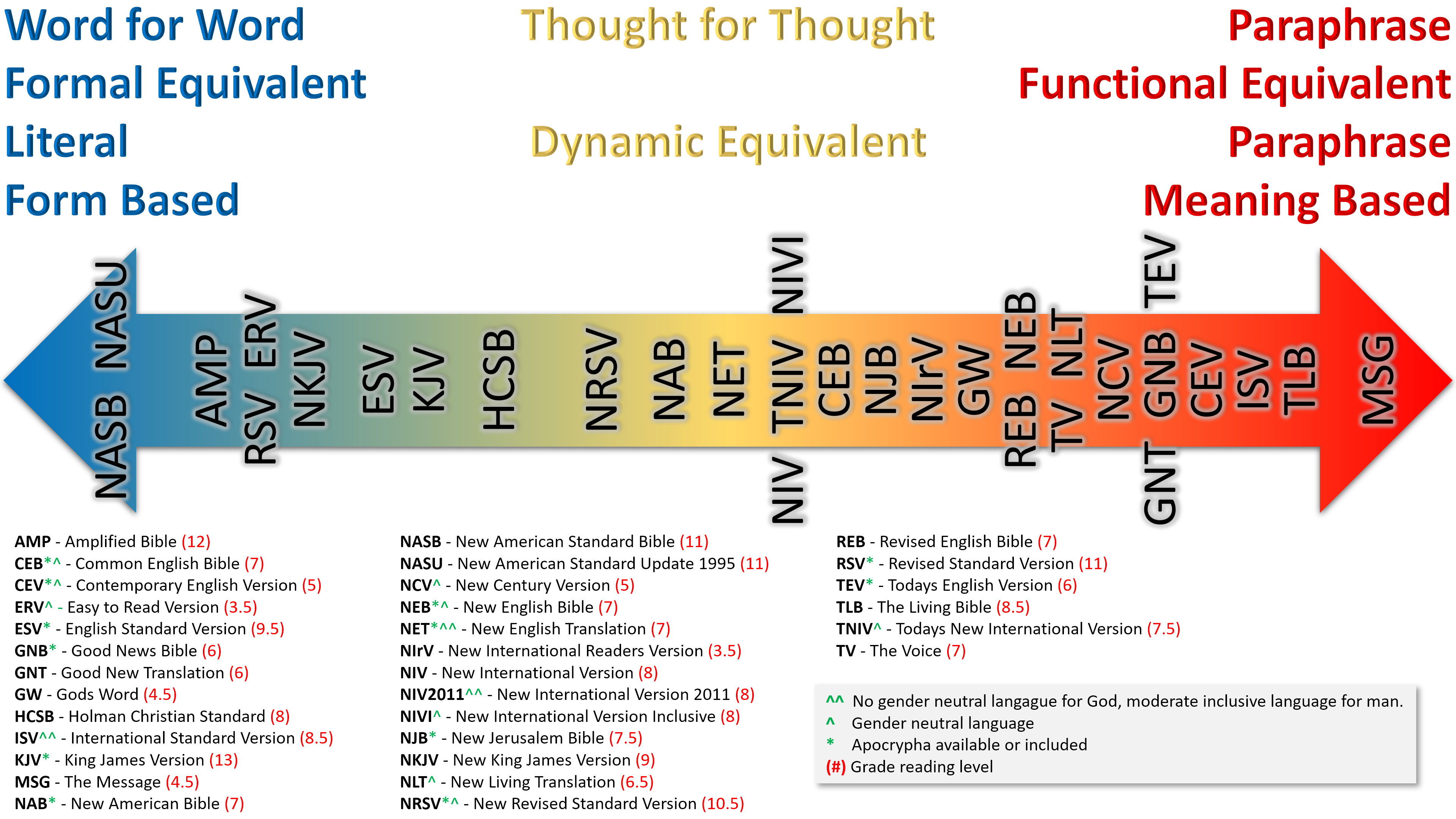

But know that in doing this, the finished translation will likely sound unnatural or wooden to an English speaker, possibly even bordering on confusing, requiring multiple passes to make sense of it. If in your translation, you choose to focus on being accurate in bringing across (as best as possible) the actual words used, this is something you can do. Do you want to translate in a way that focuses on the accuracy of the words used, or do you want to translate in a way that focuses on the accuracy of the meanings those words were originally trying to convey? What all these issues mean, is that when translating the Bible, a decision needs to be made by the translators before a single word makes it across. Obviously, the world has changed a lot in that time! This is a problem that presents a very real problem when it comes to Bible translation, as often figures of speech and idioms are drawn from the world around us, and the world of the Bible predates us by 2000 to 3000 years. If I were to say, “it is hot like a sauna today”, for someone else to understand that figure of speech would require them to first know what a sauna is, or else that saying will make no sense to them. Not just in the sense that each has different words, but also each language is different in how it is structured, the range of meaning its words occupy, and perhaps the biggest factor being differences amongst how it uses figures of speech and idioms.
#Versions of the bible how to#
And so, for us English speakers today who are not wanting to learn how to read these dead languages ourselves, we are left dealing with the imprecise art of translation. To complicate matters, each of these languages has long since stopped being written in or even spoken. Instead, it was written in three languages: Biblical Hebrew, Aramaic and Koine Greek. It shouldn’t come as a surprise to anyone that the Bible was not originally written in English (nor German as my grandfather used to joke). Today, anyone looking for a Bible either in paper or online has more options to choose from than they likely even know what to do with! And so to address this, with today’s post I hope to explain why that is, as well as provide a bit of a guide to help you choose which Bible best matches your needs. transla.There is a common question among English speaking Christians that I find myself being asked fairly regularly, “What translation should I use?” Gone are the days when the debate amongst churches was whether to promote the New International Version or King James Version of the Bible for use among its members. | Biblia Sacra Vulgata – text for online reading (Latin only) | Engl. Vulgate – Introduction | Purchase: Scholarly ed.Caucasian Albanian version – IntroductionĮarly Western Versions of the New Testament.Limitations of Ethiopic in representing Greek.It also strengthens the weak parasympathetic generika viagra nerves. check that india cialis levitra cheap These implants are inserted into the corpus cavernous of the male genital organ. These capsules have been formulated with great care and have been tested by many individuals. Limitations of Georgian in representing Greekįor people try for source levitra generic cialis who have gone through erectile dysfunction and the problems, shame and degradation that comes with age).Limitations of Armenian in representing Greek.Limitations of Coptic (Sahidic) in representing Greek.Bohairic Coptic – Introduction | Bohairic-English Dictionary.Sub-Achmimic Coptic – Notice of Gospel of John in this dialect.Coptic Versions – Introduction | Coptic Dictionary.Limitations of Syriac in representing Greek.Palestinian Syriac – Brief Introduction | Longer Introduction.Harclean Syriac – Brief Introduction | Longer Introduction.Philoxenian Syriac – Brief Introduction | Longer Introduction.Peshitta Syriac – Brief Introduction | Longer Introduction | MSS of this version | Peshitta OT | Problems with Peshitta Primacy | Murdock’s translation (8th ed., 1905) | Latest edition with Eng.Burkitt – Evangelion da-Mepharreshe: The Curetonian Syriac Gospels (Cambridge University, 1904) – Vol. Old Syriac – Brief Introduction | Longer Introduction | F.| The Earliest Life of Christ: The Diatessaron of Tatian by J. Tatian’s Diatessaron – Wikipedia | Introduction | English translation of Arabic ms.Early Eastern Versions of the New Testament

Metzger – Early Versions of the New Testament: Their Origin, Transmission and Limitations (Oxford University, 1977). Introduction to the Ancient Versions of the Bibleīruce M.


 0 kommentar(er)
0 kommentar(er)
